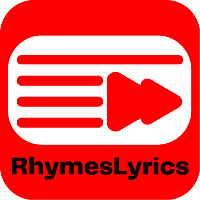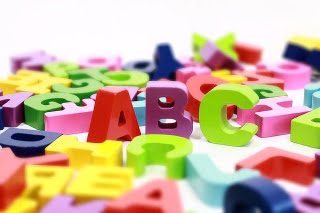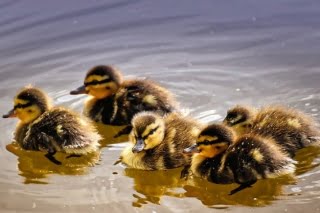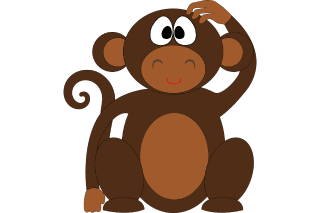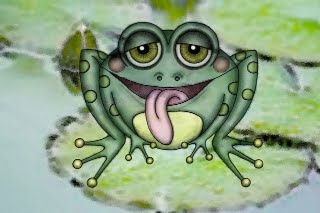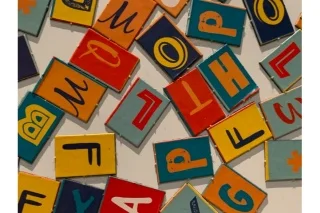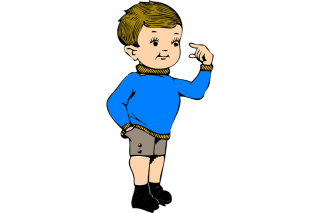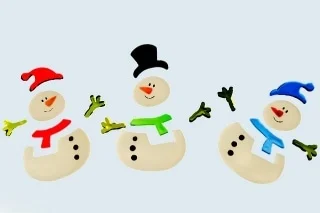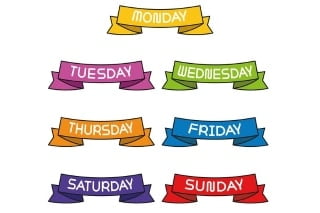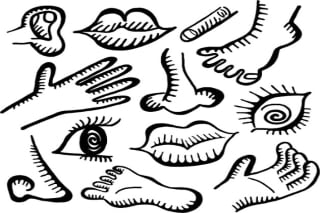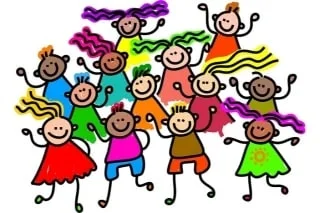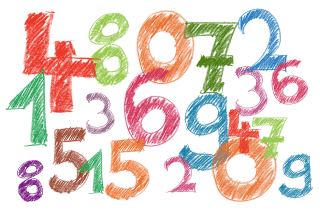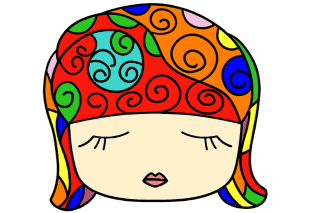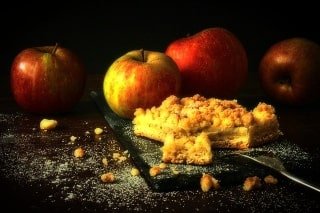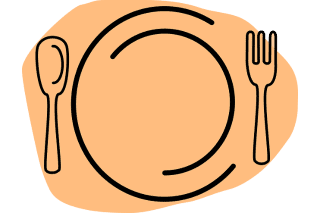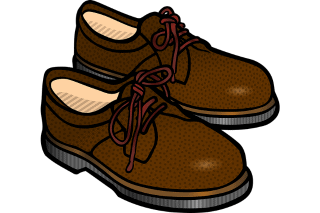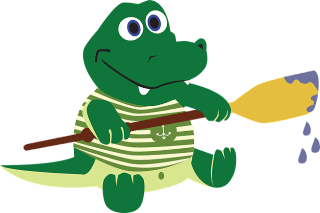
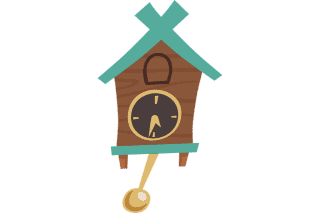
Hickory dickory dock
“Hickory dickory dock” is one of the most recognizable counting rhymes in the English language, but what its original purpose or meaning may have been is less clear. The rhyme is thought to have been based on the astronomical clock at Exeter Cathedral. The clock has a small hole in the door below the face for the resident cat to hunt mice. This is an elementary tool to help teaching children the time.
The earliest recorded version of the rhyme is in Tommy Thumb’s Pretty Song Book, published in London in about 1744, which uses the opening line: ‘Hickere, Dickere Dock’ The next recorded version in Mother Goose’s Melody (c. 1765), uses ‘Dickery, Dickery Dock‘. The rhyme is thought by some commentators to have originated as a counting-out rhyme. Westmorland shepherds in the nineteenth century used the numbers ‘Hevera, Devera and Dick’ which are from the language Cumbric.
“Hickory-Dickory-Dock” Lyrics
Hickory, dickory, dock.
The mouse ran up the clock.
The clock struck one,
The mouse ran down,
Hickory, dickory, dock.
Other variants include “down the mouse ran” or “down the mouse run or “and down he ran” or “and down he run” in place of “the mouse ran down”.
Hickory-Dickory-Dock,
The mouse ran up the clock,
The clock struck one, and down he run,
Hickory-Dikory-Dock!
Hickory-Dickory-Dock,
The bird looked at the clock,
The clock struck two, and away she flew,
Hickory-Dikory-Dock
Hickory-Dickory-Dock,
The dog barked at the clock,
The clock struck three, fiddle-de-dee,
Hickory-Dikory-Dock!
Hickory-Dickory-Dock,
The bear slept on the clock,
The clock struck four, he ran out the door,
Hickory-Dikory-Dock!
Hickory-Dickory-Dock,
The bee buzzed round the clock,
The clock struck five, she went to her hive,
Hickory-Dikory-Dock!
Hickory-Dickory-Dock,
The hen clucked at the clock,
The clock struck six, fiddle-sticks,
Hickory-Dikory-Dock!
Hickory-Dickory-Dock,
The cat ran round the clock,
The clock struck seven, she wanted to get ’em,
Hickory-Dikory-Dock!
Hickory-Dickory-Dock,
The horse jumped over the clock,
The clock struck eight, he ate some cake,
Hickory-Dikory-Dock!
Hickory-Dickory-Dock,
The cow danced on the clock,
The clock struck nine, she felt so fine,
Hickory-Dikory-Dock!
Hickory-Dickory-Dock,
The pig oinked at the clock,
The clock struck ten, she did it again,
Hickory-Dikory-Dock!
Hickory-Dickory-Dock,
The snake squirmed out of the clock,
The clock struck eleven, he said, “Let me get in”,
Hickory-Dikory-Dock!
Hickory-Dickory-Dock,
The snail slimed up the clock,
The clock struck twelve, what a sticky self,
Hickory-Dikory-Dock
- hickory dickory dock lyrics in english
- hickory dickory dock full poem
- hickory dickory dock rhyme printable
- hickory dickory dock the mouse ran up the clock
- hickory dickory dock nursery rhyme words
- hickory dickory dock lyrics original
- poem hickory dickory dock meaning
- printable hickory dickory dock words
- hickory dickory dock lyrics uk
Frequently asked questions (FAQ's) based on “Hickory-dickory-dock”
Answer : It is one of the most popular nursery rhyme in the English language. It is also known as “Hickety Dickety Dock”. “Hickory-Dickory-Dock”, the nursery rhyme, is used to teach children time. In this rhyme children are playing with the sound of the clock and learning the time.
Answer : “Hickory-Dickory-Dock” is a traditional nursery rhyme, dating back to the 18th century London. It was fisrt recorded as “’Hickere, Dickere Dock” by Tommy Thumb in his Pretty Song Book collection, 1744, London. Later, another version was published in Mother Goose’s Melody (1765) titled “Dickery Dock”.
Answer : It is a five-line rhyme made up of one couplet and one triplet. This rhyme is very useful for kids, they can easily understand and learn the rhyme.
Answer : the rhyme was firstly published in 1744.
Answer : This poem is based on the story of a mouse and a cat. The poem is believed to have originated as a count-out poem. The poem is based on the astronomical clock in Exeter Cathedral. A pendulum is also given in this clock, which shows the time, with the needle of the cushion, which attracts children a lot, In this clock a small thief door has also been given for the cat to hunt the mouse.
Some more details based on “Hickory-Dickory-Dock”
The origins of the rhyme are not entirely clear, but it is believed to have been inspired by a clock that was located in St. Mary’s Church in Chesterfield, England. The clock, which was built in the 17th century, featured a mouse that would pop out and run up and down the clock face at certain times of the day. The rhyme has since become a beloved part of many families’ music and storytelling traditions, and is often accompanied by hand motions or actions to help children engage with the song.
- hickory dickory dock nursery rhyme words
- hickory dickory dock lyrics original
- poem hickory dickory dock meaning
- printable hickory dickory dock words
- hickory dickory dock lyrics uk
- super simple learning hickory dickory dock poem
- song hickory dickory dock full lyrics
- hickory dickory dock questions and answers
- hickory dickory dock analysis and meaning
Some activities for children's based on "Hickory-Dickory-Dock"
- Paper Plate Mouse Clock: Give each child a paper plate and help them cut out two ears and a tail from paper or felt. Then, encourage them to decorate their paper plate with numbers and clock hands. They can attach the mouse ears and tail to make it look like a mouse. Finally, help them to stick a clock mechanism to the center of the paper plate. Now, they have their own Hickory Dikory Dock mouse clock!
Note: This activity helps to develop children’s creativity and fine motor skills.
- Mouse Hunt Game: Hide several toy mice around the room and ask the children to find them. You can also give them clues like “behind the sofa” or “under the chair” to help them find the mice. Once they have found all the mice, encourage them to line them up in order from smallest to largest, just like the mice in the rhyme.
Note: This activity helps to develop children’s observation and sequencing skills.
Related links
Categories
Other popular rhymes
Other related keywords and search's
- hickory dickory dock lyrics in english
- hickory dickory dock full poem
- hickory dickory dock rhyme printable
- hickory dickory dock lyrics original
- poem hickory dickory dock meaning
- printable hickory dickory dock words
- hickory dickory dock lyrics uk
- super simple learning hickory dickory dock poem
- song hickory dickory dock full lyrics
- hickory dickory dock questions and answers
- hickory dickory dock analysis and meaning
